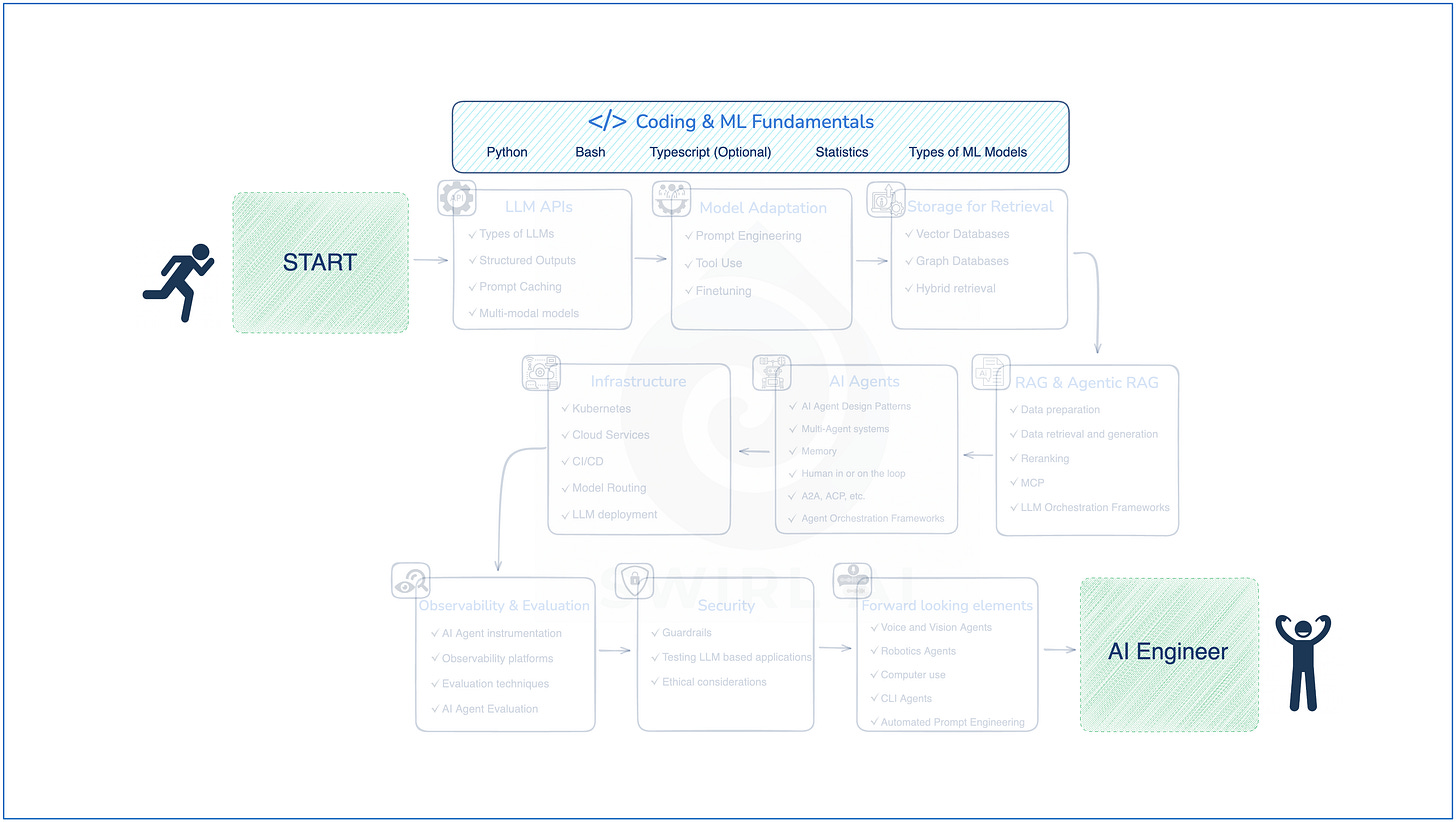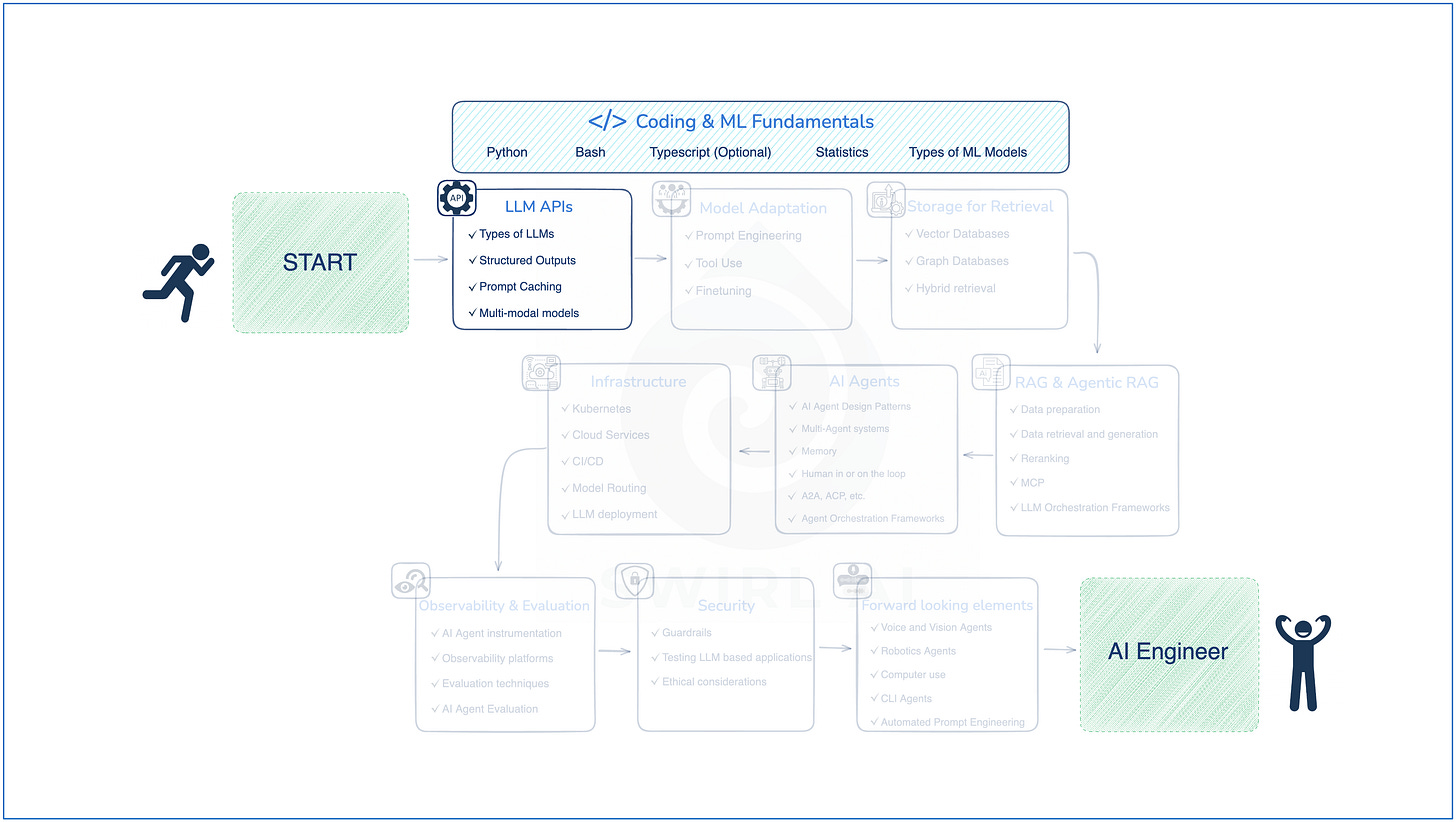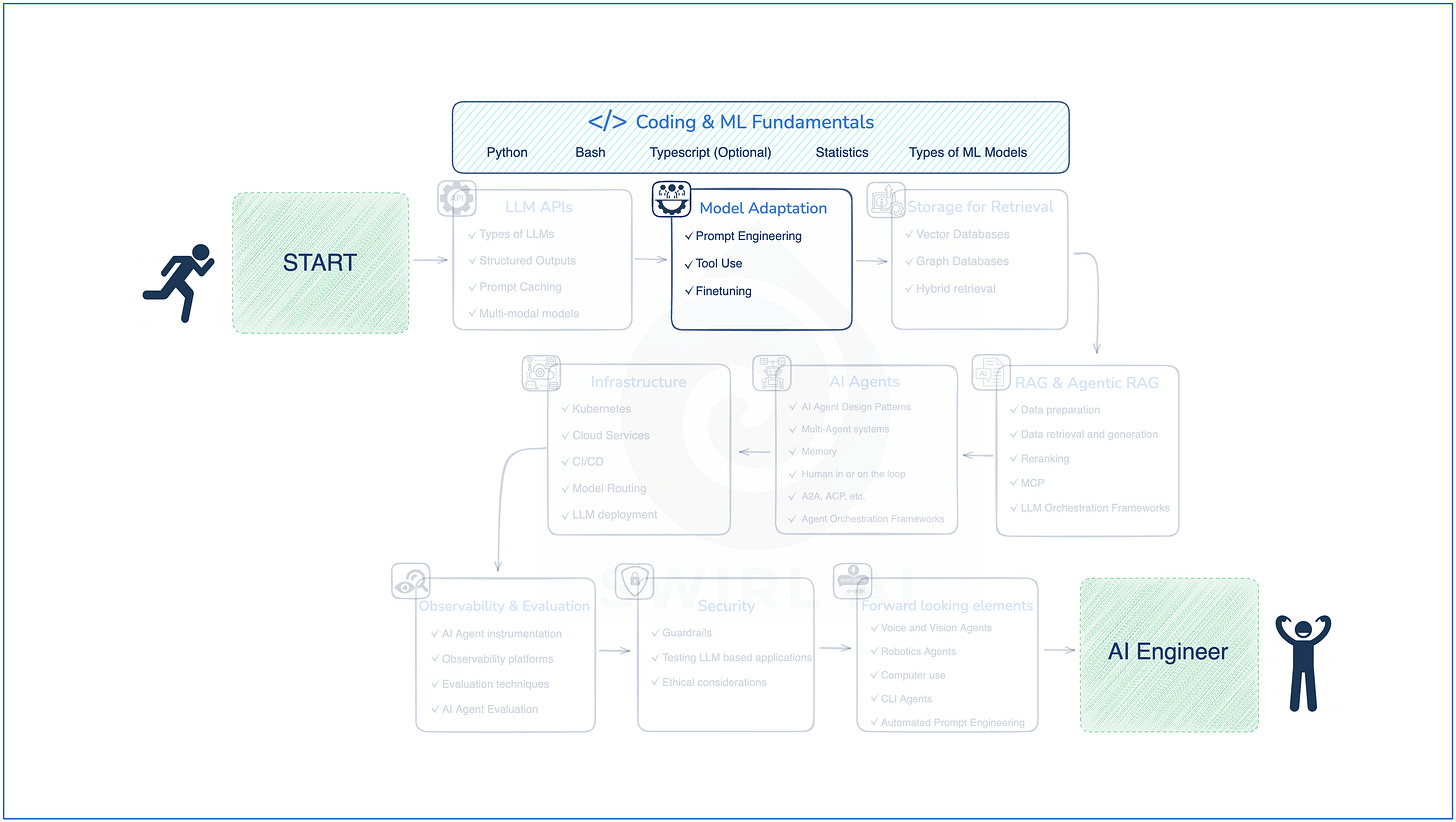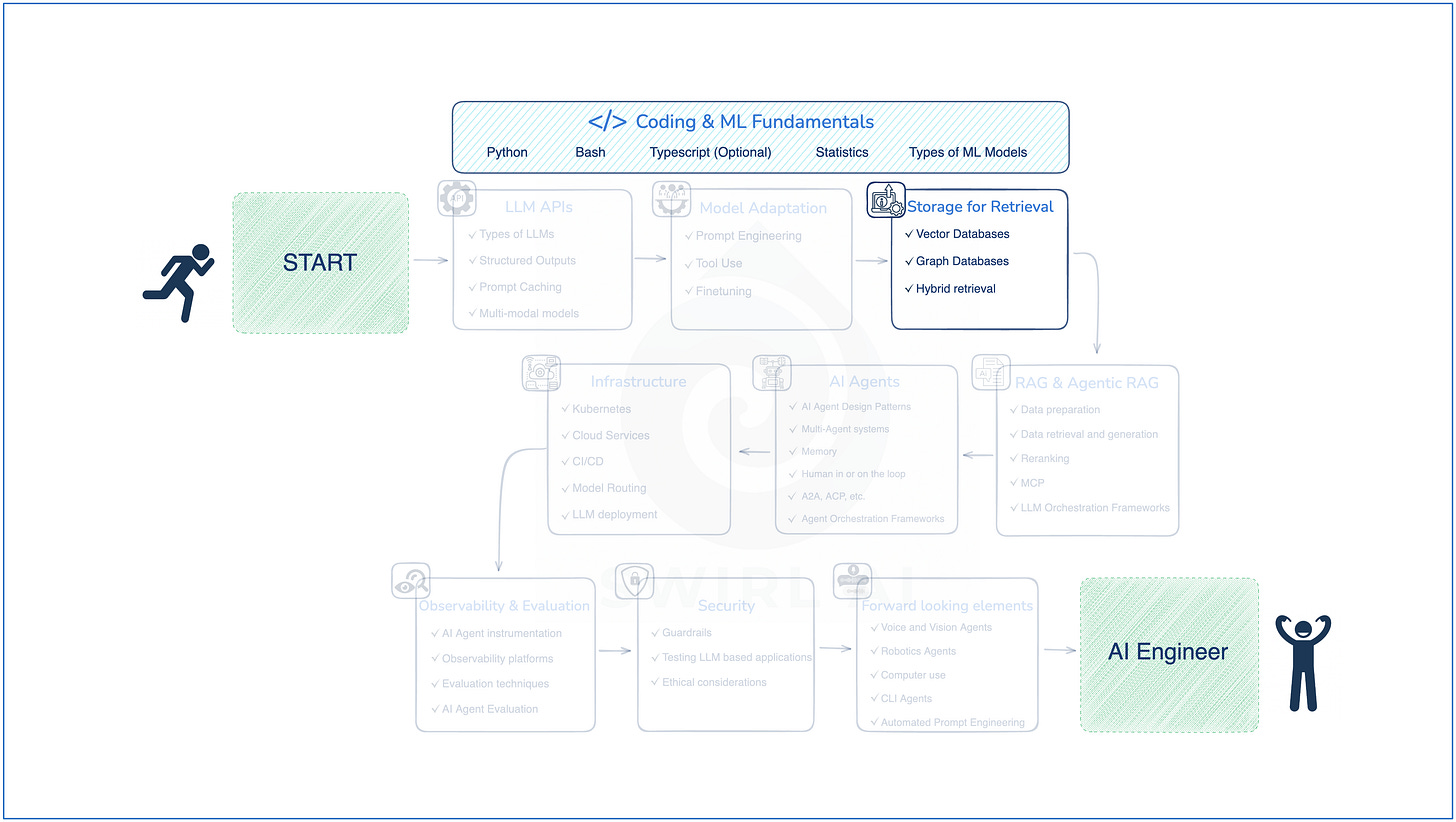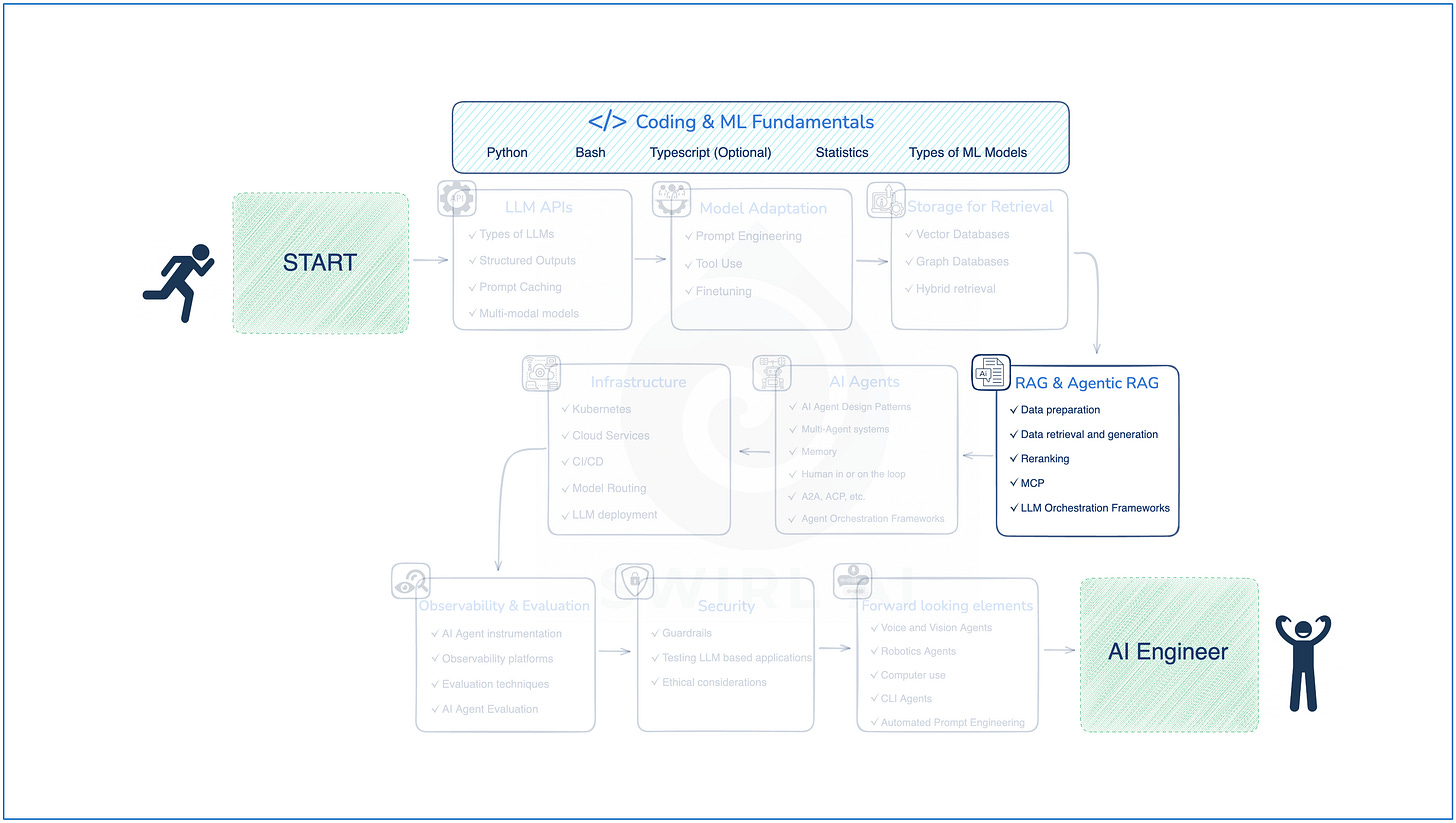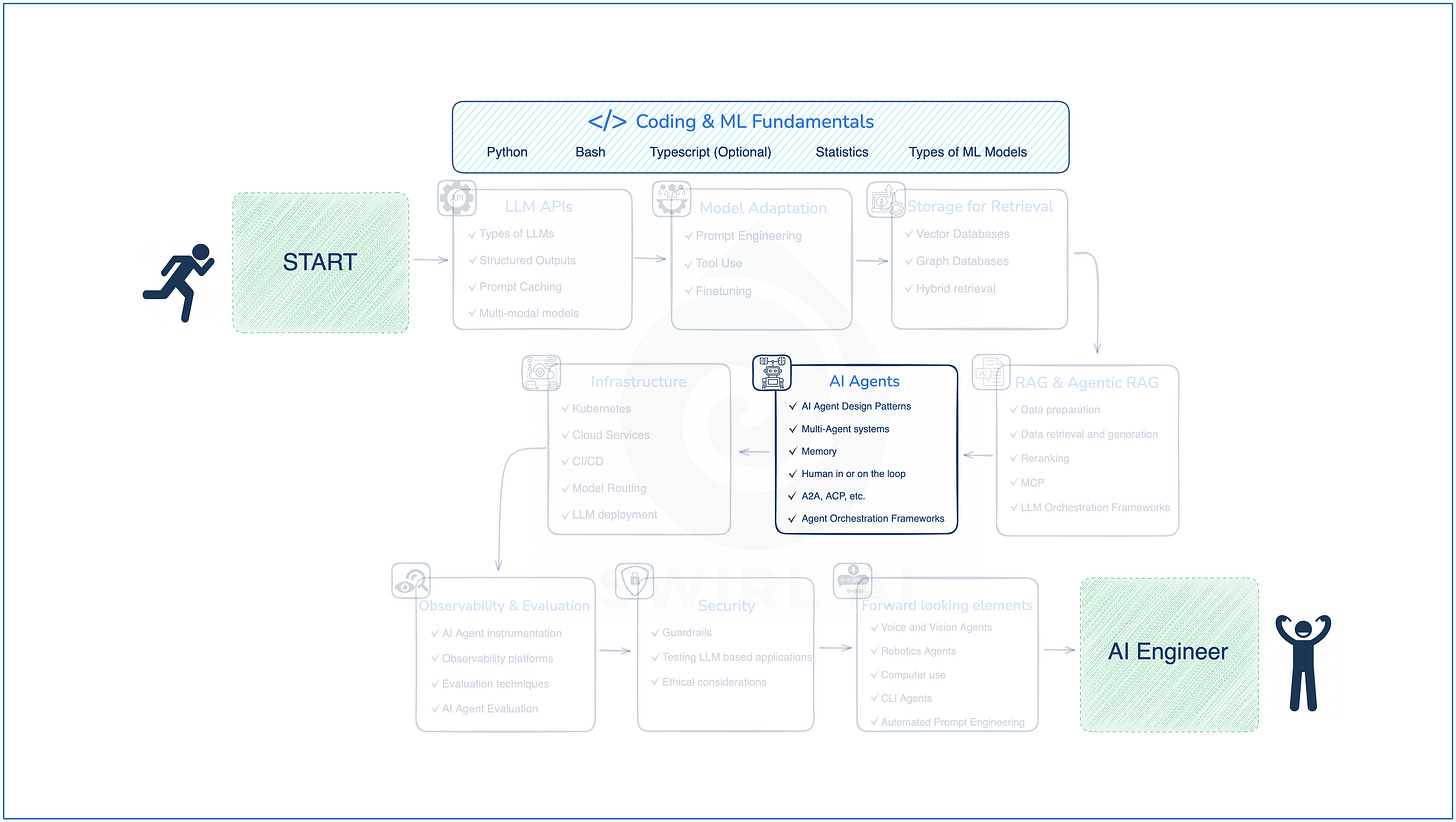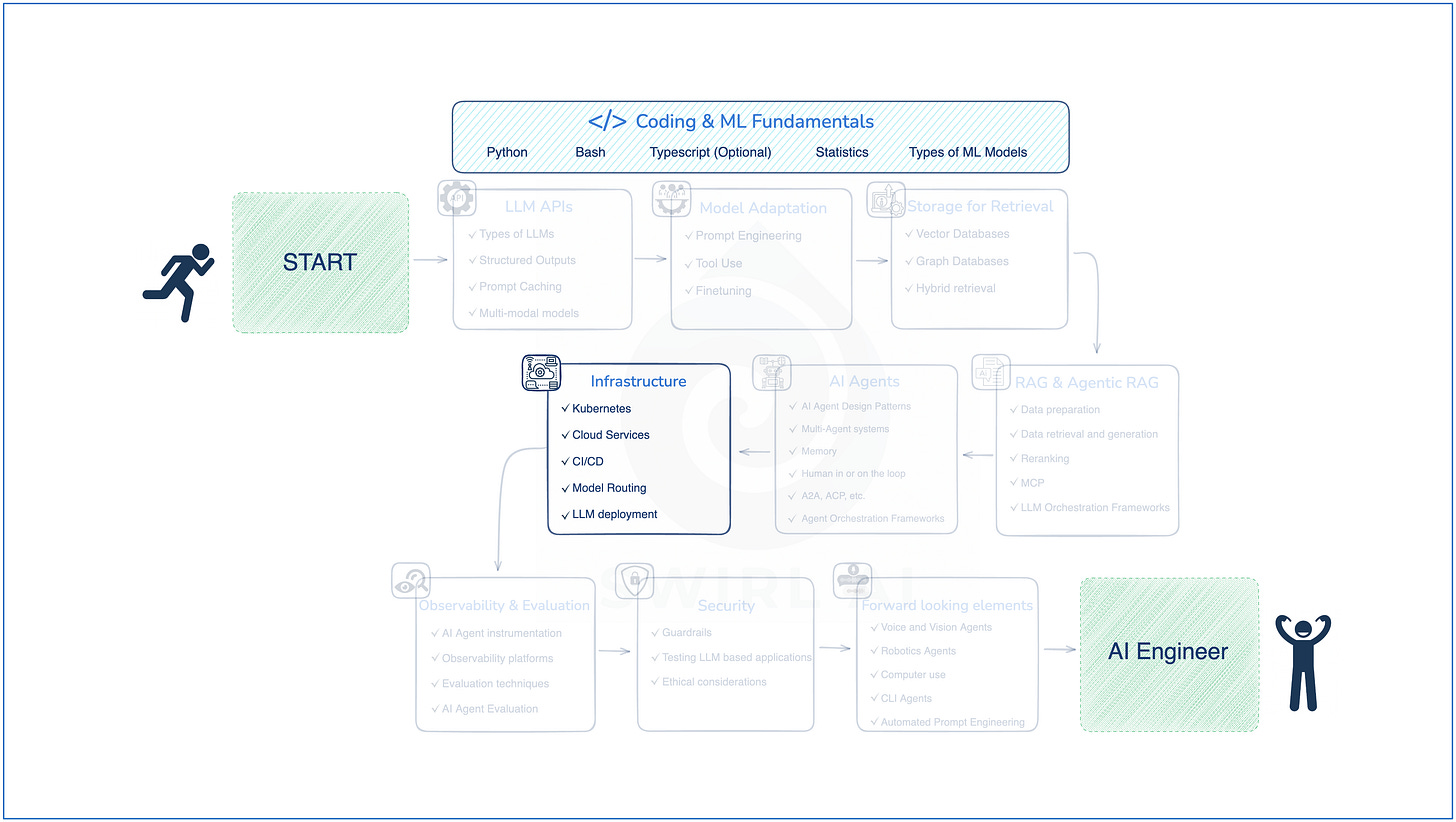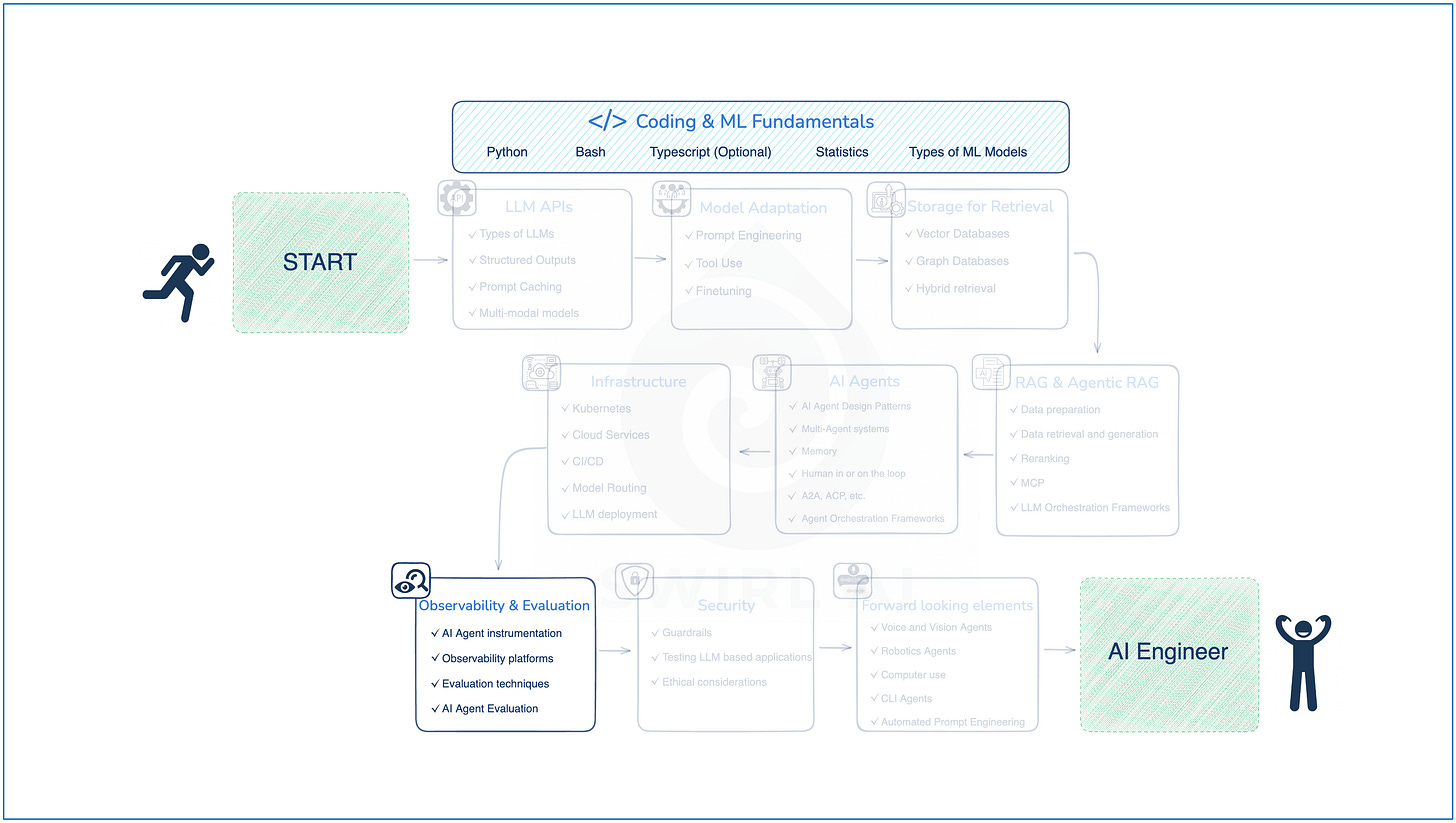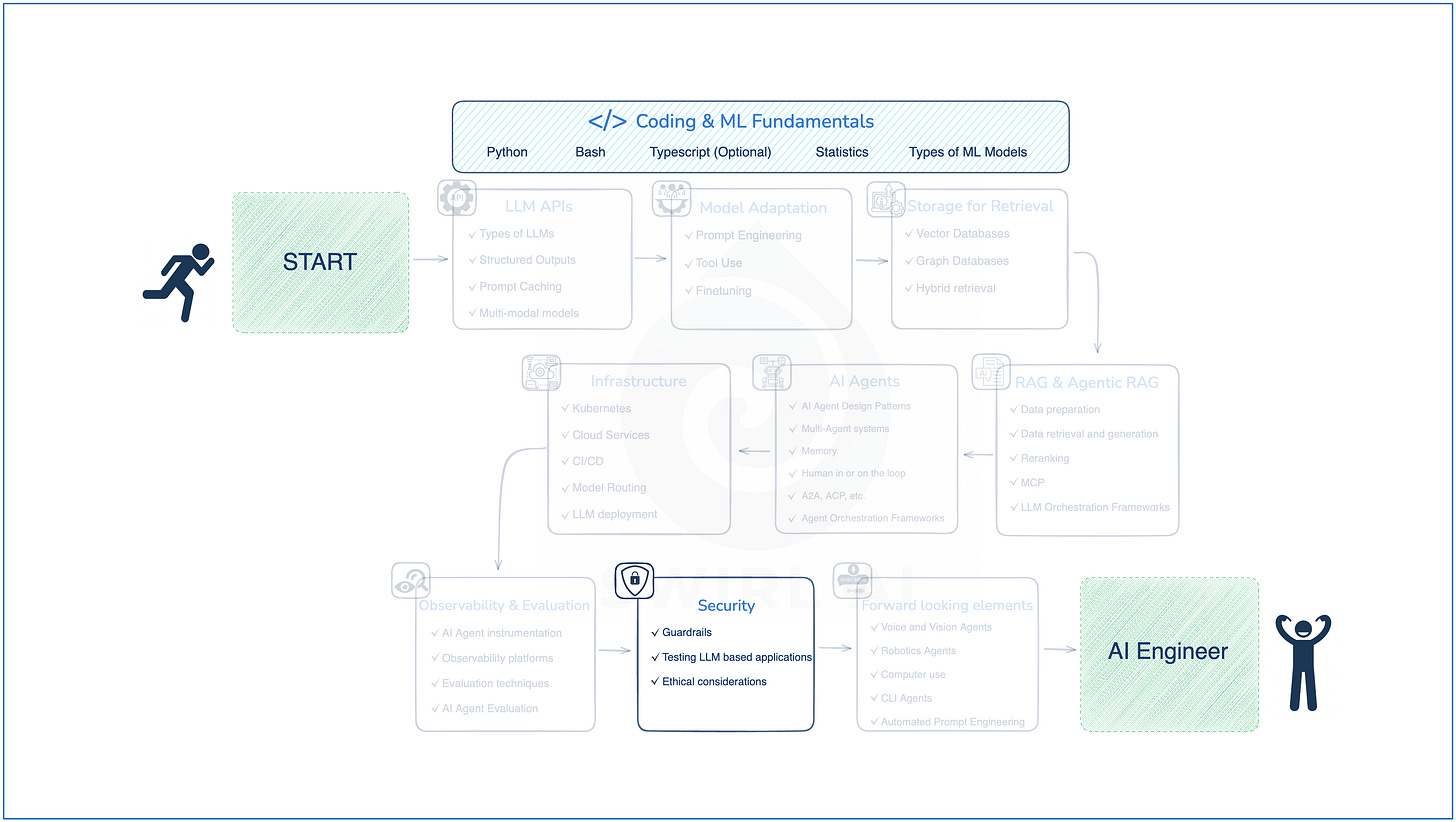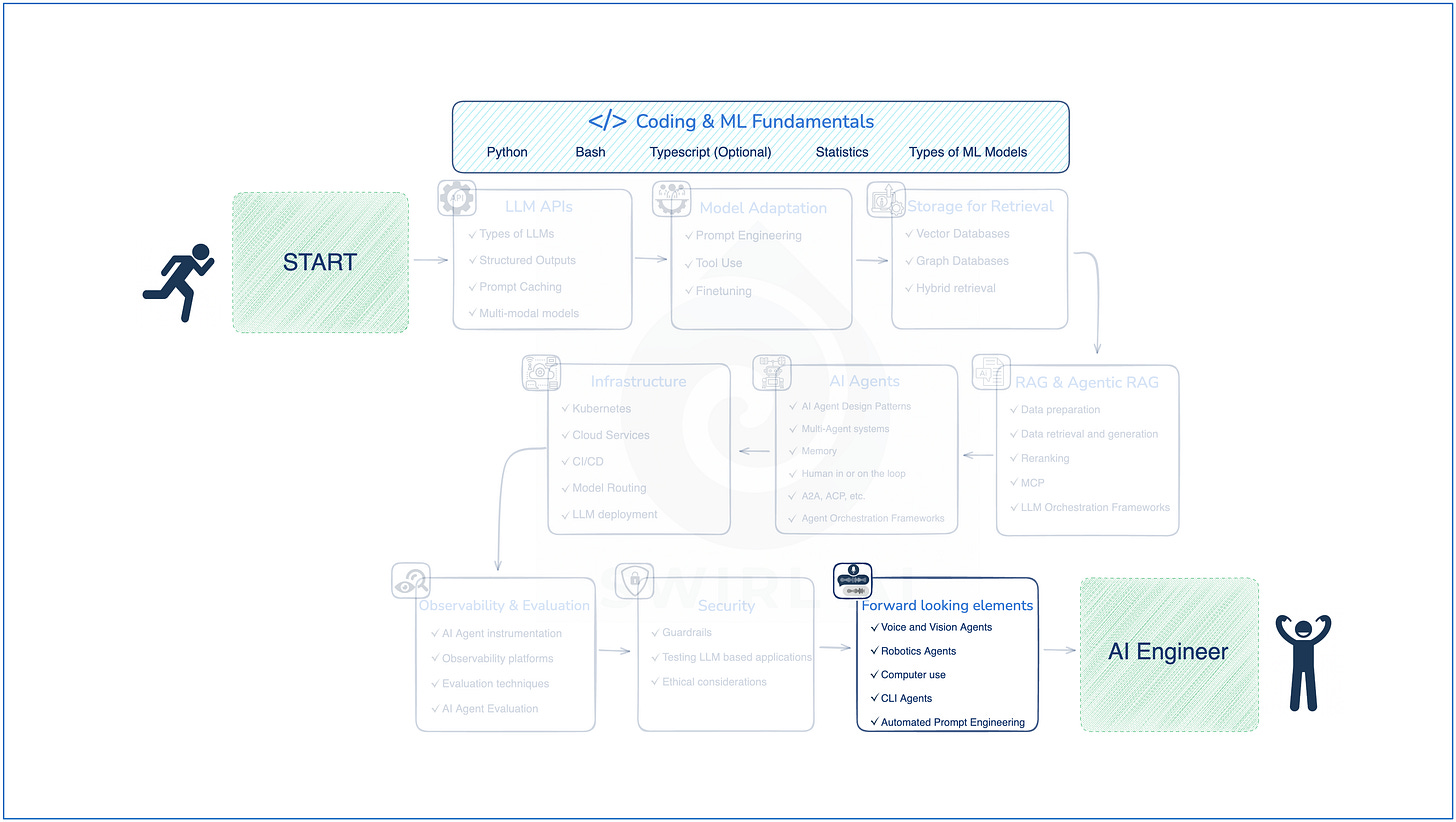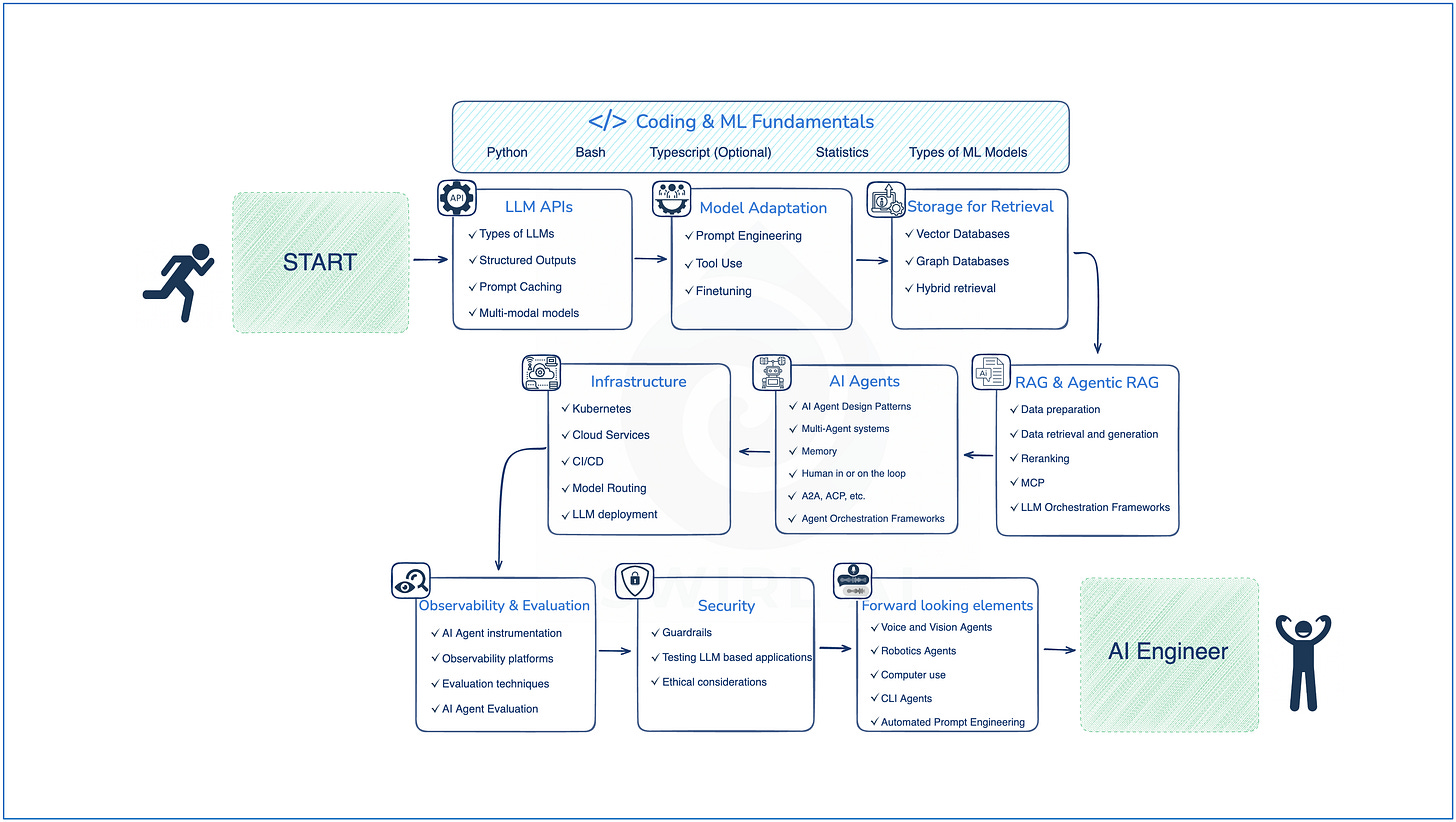Microservices architecture has become the de facto standard for designing scalable, resilient, and sustainable software systems. Organizations from startups to enterprises are quickly moving away from monoliths to microservices. This transition is creating a demand for developers who understand not just the what but also the why and how of microservices.
This architectural style of designing and developing software applications involves dividing an application into various, independent services that are separate and distinct from each other, with each one developed, deployed, and maintained independently. Although there are numerous advantages of using microservices, there are a few drawbacks that need to be taken into account.
Whether you are a fresher developer looking to enter backend development or an experienced developer gearing up for a senior position, learning microservices is essential to differentiate yourself during interviews and contribute positively to contemporary software teams.
Here’s what we’re going to cover in this guide:
Top 10 Microservices interview questions and answers with a focus on experienced professionals
3 easy-to-understand questions and answers to help beginners enter microservices
Tips and best practices sprinkled throughout to give you an edge in real-world interviews
Let’s get started.
Top 10 Microservices Interview Questions and Answers
1. How do you handle communication between microservices?
Answer: There are two main ways: synchronous (usually by HTTP REST or gRPC) and asynchronous (by messaging queues like RabbitMQ, Kafka, or AWS SNS/SQS).
- Use REST/gRPC when a real-time response is required.
- Use event-driven messaging for decoupling and fault-tolerance.
Here is a tip: In interviews, demonstrate knowledge of event sourcing and CQRS since they are gaining popularity in distributed systems.
2. What database management techniques do you employ in microservices?
Answer: Ideally, every microservice should maintain its database (Database per Service pattern) to achieve loose coupling and data encapsulation.
For consistency, apply:
- Sagas for handling distributed transactions
- Eventual consistency as a guiding principle
- Change Data Capture (CDC) for synchronizing among services
Tools: Debezium (for CDC), Kafka (for event streaming)
3. How do you make your microservices resilient and fault-tolerant?
Fault tolerance ensures that the system remains functional at all times, enhancing user experience. It also makes things much easier for software teams.
Answer: Resilience patterns are:
- Circuit Breaker (e.g., Netflix Hystrix, Resilience4j)
- Retry with Backoff
- Bulkheads and Rate Limiting
Example: When Service A relies on Service B, and B is not available, a Circuit Breaker avoids A getting flooded with failed calls and may resort to fallback logic.
4. How do you design and deploy microservices securely?
Answer: Important practices for microservices secure deployment are:
- OAuth2 / JWT for stateless authentication
- Mutual TLS for service-to-service encryption
- API Gateway to secure, rate-limit, and route centrally
- Secrets Management with Vault or AWS Secrets Manager
Here is a tip: Display awareness of zero trust architecture and securing internal APIs, not only external-facing ones.
5. How do you log and monitor across microservices?
Answer: To log and monitor across each microservice, follow these steps.
- Use centralized logging: ELK Stack (Elasticsearch, Logstash, Kibana) or EFK (Fluentd)
- Use distributed tracing tools such as Jaeger or Zipkin
- Integrate with monitoring tools: Prometheus + Grafana
Here is a tip: Describe the usage of correlation IDs between services to follow end-to-end requests.
6. What are microservices’ challenges, and how do you address them?
Answer: While microservices offer flexibility and modularity, they are not free from challenges. Development teams often face many challenges that might include:
- Data consistency → Utilize event-driven architecture
- Deployment complexity → Implement CI/CD Pipelines and Kubernetes
- Service discovery → Utilize tools such as Consul, Eureka, or K8s DNS
- Versioning → Address through backward-compatible API design or versioned endpoints
7. How do you configure microservices?
Answer: Configuring microservices architecture may include managing and maintaining the settings that control the behavior of each microservice. These settings can include database connections, API keys, feature toggles, and environment-specific configurations. Here are some best practices:
- Utilize centralized config servers (e.g., Spring Cloud Config)
- Use environment-specific configurations using tools such as Kubernetes ConfigMaps and Secrets
- Make configurations immutable in production
Here is a tip: Talk about feature toggles and dynamic configuration reload mechanisms.
8. Describe the role of the API Gateway in microservices?
Answer: An API Gateway is a single entry point to all clients, and offers:
- Routing to suitable services
- Authentication & Authorization
- Rate limiting & Throttling
- Load balancing and Caching
Popular options: Kong, NGINX, AWS API Gateway, Istio (in service mesh)
9. How do you deploy microservices into production?
Answer: Deploying microservices into production typically involves several key steps and considerations to ensure reliability, scalability, and maintainability. You can deploy using container orchestration tools such as Kubernetes or Docker Swarm.
Best practices:
- Blue-Green or Canary Deployments
- Health checks & readiness probes
- Automated rollbacks on failure
- Observability baked into the CI/CD pipeline
10. What is a service mesh, and when do I use one?
Answer: A service mesh is an infrastructure layer that governs service-to-service communication in microservices systems. It takes care of functions such as traffic routing, security, observability, and resiliency, hiding these complexities from individual services. You employ a service mesh when you’re working with a distributed application with lots of microservices and want to handle their interactions effectively and reliably.
(e.g., Istio, Linkerd) is an infrastructure layer that manages:
- Service discovery
- Traffic management
- Security (mTLS)
- Observability (telemetry, tracing)
Use case: When you have lots of services talking to each other internally and want to have uniform governance, security, and resilience without adding additional code in every service.
Here are some Q&A for freshers:
Microservices Questions and Answers for Freshers
1. What is microservices architecture?
Answer: Microservices architecture refers to the design of software as a set of small, stand-alone, deployable services. Every service addresses one business capability, exchanges messages across the network, and can be developed and scaled separately.
2. What are the major benefits of microservices?
Answer: Microservices provide many benefits centered around key areas such as greater agility, shorter development cycles, better scalability, and more robust fault isolation. These are derived from decomposing applications into smaller independent services that can be developed, deployed, and scaled independently.
Major benefits are:
- Scalability: Scale individual services on demand
- Flexibility: Employ various tech stacks per service
- Faster deployments: Independent teams
- Resilience: One service failure doesn’t bring down the entire application
3. How do microservices contrast with monolithic architecture?
Answer: Microservices and monolithic designs are fundamentally different design methodologies for constructing software applications. Monolithic design consists of one, tightly bound codebase, whereas microservices decompose applications into smaller, independent, and loosely coupled services. This difference results in drastic differences in development, deployment, scaling, and fault tolerance.
| Aspect | Monolith | Microservices |
| Deployment | Single unit | Individual services |
| Scaling | Whole app | Per service |
| Development | Tightly coupled | Loosely coupled |
| Technology choice | Uniform | Polyglot possible |
Tip for Freshers: Understand the progression from monolith → SOA → microservices.
Bonus Tips for Interview Success
Use real-world experience when answering questions, even small-scale microservices projects or side projects.
Trade-offs: When not to use Microservices
Microservices aren’t a silver bullet. You should know when not to use them. Here is the complete list of reasons when you should not use Microservices Architectures:
Here are the Anti-Patterns of Microservices:
Don’t do Distributed Monolith
Ensure that you break your services down correctly and adhere to the decoupling principle, such as using bounded context and business capabilities principles.
Don’t implement microservices without DevOps or cloud services
Microservices adopt the distributed cloud-native patterns. And you can only reap the benefits of microservices by adhering to the following cloud-native principles:
Some of them are:
- CI/CD pipeline with DevOps automations
- Correct deployment and monitoring tools
- Managed cloud services to back your infrastructure
- Follow Key enabling technologies and tools such as Containers, Docker, and Kubernetes.
- Broken dependencies with the following async communications using Messaging and event streaming services.
When having limited team sizes, small Teams
If you do not have a team size that can manage the microservice workloads, this would only lead to a delay in delivery. For a small team, a microservice architecture can be difficult to justify, since the team is needed just to deal with the deployment and management of the microservices themselves.
Launching Brand new products or with startups
If you are building a new startup or a completely new product that needs deep change when you build and keep iterating your product, then you should not begin with microservices.

